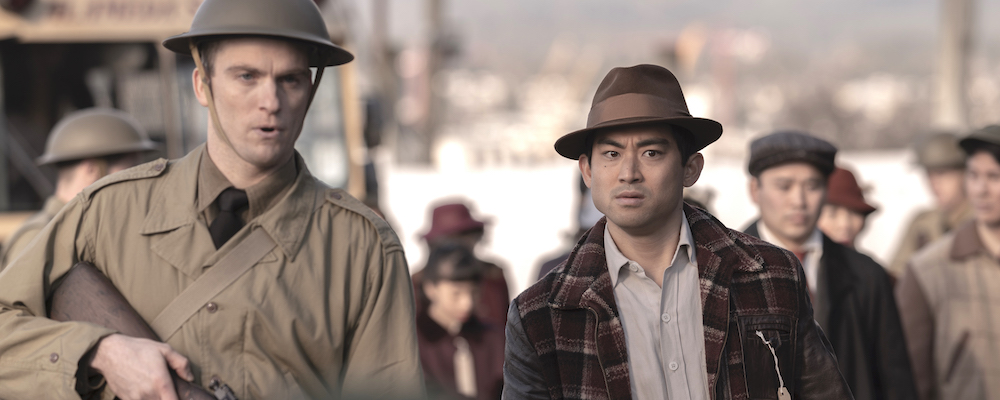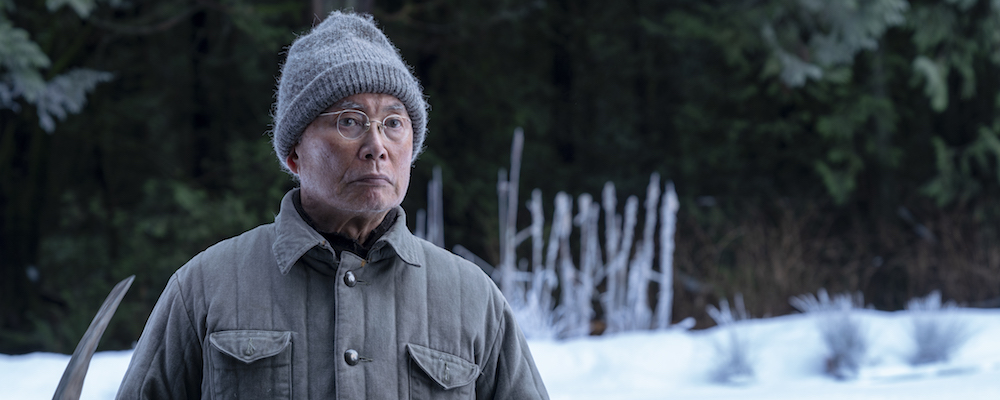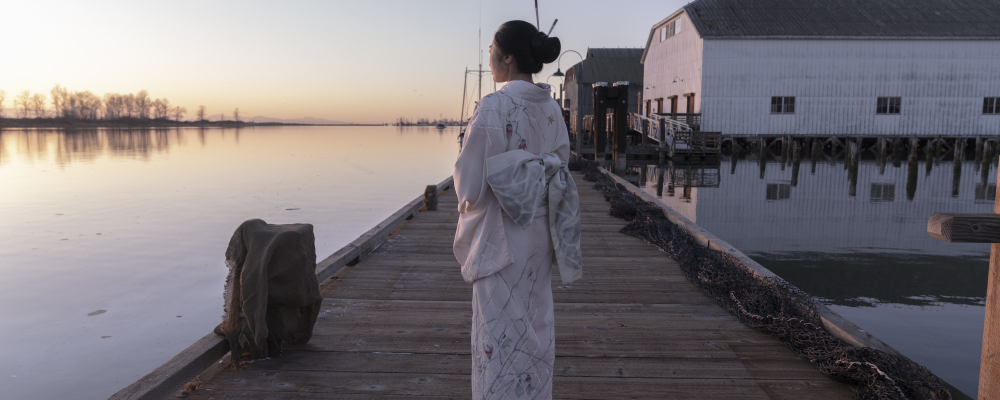‘The Terror: Infamy’ Uses Japanese-American Internment Camps to Capture the Horrors of Humanity
Andrew Bundy
Fear and what makes for a true horror story comes in many forms. “The Terror” is not the kind of show that seeks to scare its audience in a conventional manner, but rather uses specific historical settings to reveal a kind of human horror that may not lay as dormant as people like to pretend. The second season of the series, “The Terror: Infamy,” follows an external evil in plain sight: American internment camps.
With prejudice and paranoia at its sophomore volume’s forefront, AMC’s period anthology unleashes the voice and spirit of forgotten feelings onto its canvas. Approximately two thousand Japanese-Americans died as internment camp prisoners in their own country in the 1940s due to Executive Order 9066, signed by President Roosevelt in 1942, which decreed that certain citizens could be removed from their communities under certain conditions. As a result, an esitmated 120,000 Japanese-Americans were forcibly uprooted from their homes and relocated to World War II internment camps after the bombing of Pearl Harbor. More than half of these people were born free in the very nation in which they were imprisoned.
The second season of “The Terror” is finally doing justice to the depictions of these Japanese-American internment camps, using those unjustifiable events to examine horrible actions in American history. And, as shown in “Infamy,” sometimes our actions can be felt from beyond the grave. In a ghastly cold open, a woman in a white kimono (Yuri Morita) puts a pair of lethal-looking chopsticks in her hair before wandering out onto the docks as the sun rises. She’s staggering like a skeleton, alluring dread and luscious production design paint a period nightmare. The woman kneels and then commits suicide. Her coffin blows open at her funeral. A photographer named Chester Nakayama (Derek Mio) — whose family was acquainted with the deceased’s family — starts to suspect something supernatural is afoot when he notices blurry forms in the background of some of the pictures he took at the woman’s burial.
Chester feels his sins are somehow responsible for her death, as he has a secret he fears the world will see as sinister; he’s in love with Luz (Cristina Rodlo), a Mexican-American woman who nearly became a nun before she met Chester, and is now pregnant with his child. The two have plans to abort the baby, as their families and the world would never accept it.
Luz lives in Los Angeles, while Chester bunks with his family on Terminal Island, a small body of land floating a few miles off the California coast. His father, Henry (Shingo Usami), is a successful fisherman and factory worker, one of the few Japanese-Americans who owns a car in the community. He works under the guidance of Yamato-san, who is one of the elder immigrants on the island (a part played by George Takei, who spent three years at an internment camp as a child). Chester’s mother, Asako (Naoko Mori), adamantly respects her family’s Japanese traditions, but with tradition comes superstition. She believes spirits may be inhabiting their house.
Even with all the promises of yurei (a ghost in Japanese folklore) foreshadowed throughout the beginning, the primary plot hook doesn’t arrive until the end of the first hour, and the story begins to take flight after the events of Pearl Harbor. The new season does an exceptional job establishing the racial tensions of the time, and the way such issues parallel our modern internment camp crisis in frightening ways.
The formal aptitude of the series’ foreboding also remains enormously impressive. The new season’s eloquent cinematography and period atmosphere conjure up an ominous prescience which will pull viewers in. Composition, raw empathy and craft are this season’s greatest strengths. The aesthetic is at once striking and subdued; detailed iconography and an assured understanding of mood glide the series along, with the aid of fully fleshed-out characters and a strong cast.
In one scene, Chester and some friends struggle, drunkenly, to recall if they’d recently watched a Gene Autry or Roy Rogers movie. Never, in a 1940’s period piece, do you see Japanese-Americans arguing about classic movies. Just the simple reminder of how rare such a sequence is, speaks to the systemic erasure of U.S. history, the lack of inclusion and the commonality of dismissal, and that is a far more frightening thought than any kind of poltergeist.
“The Terror: Infamy,” might be set almost 80 years ago, but that’s precisely what makes it such a prevalent horror story. It’s a haunting folk tale on the consequences of hate. Cultural specificity is what makes the second season stand out as a narrative that needs to be told. And “Infamy” proudly holds true to what it feels it needs to be, a way to better understand the horrors of humanity.
“The Terror: Infamy” premieres Aug. 12 and airs Mondays at 9 p.m. ET on AMC.





